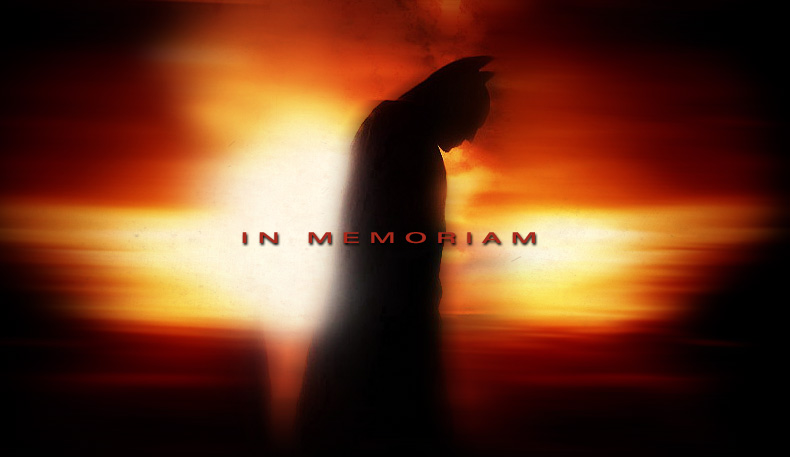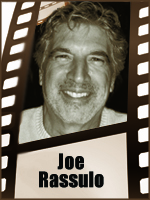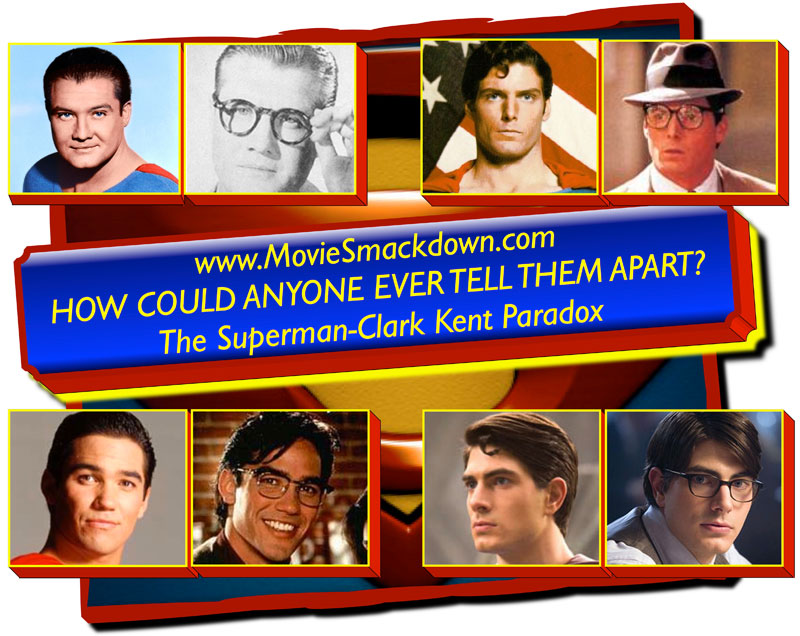
Reflections
There have been many ridiculous and meaningful thoughts thrown out there about the “dark night†of Friday July 20. Violence, gun control, terrorism and insanity notwithstanding, they all probably make some sense after a few drinks and a lot of inherent frustration and anger about the apparent randomness of the recent violence in a Colorado movie theater.
Still, there are some things that bear mentioning.
There is a reason this gunman assumed the persona of the Joker from The Dark Knight, at least outwardly — God knows what still lies dormant in the minds of killers. Heath Ledger elevated that particular re-telling of the Batman legend into a true urban nightmare, a true terror, unleashed and unprovoked and, ultimately, unstoppable. This gunman last Friday night recreated that same urban nightmare —  true terror, unprovoked and, ultimately, unstoppable – for real. And once again we are reminded that we are pretty much at the mercy of our own human capacity for violence and destruction regardless of apparent motive or consequences.
While these more and more frequent moments of horror seem as unbelievable to us as ever, they are, of course, not unbelievable at all. Not as long as our species has inhabited this earth. They are just more pronounced, better diagnosed, more prevalent and more accessible now for all to view. They propel media mayhem. They feed our thirst to first witness, then try and understand our own basest behaviors and instincts.
But to the point of so many arguments out there — is The Dark Knight responsible for the Dark Night� Perhaps no more than the voice of God was to Joan of Arc and the Son of Sam, or the myriad other serial killers, rapists and plunderers who followed the orders of imaginary or hallucinatory voices, regardless of the source, prompting them to act for the benefit of Beelzebub or Jehovah, take your pick.
As we writers say, anybody can have an idea, but only a few can execute it. And in the case of these madmen, that is truly a good and lucky thing for the rest of us. Only a few of us can actually make good on our own pure evil instincts. And, rest assured, we all harbor them deep within our human souls, mostly banished deep enough never to raise their ugly heads and wreak destruction on our fellow human beings.
 But we write books, plays, operas, ad nauseum about them, and more often in this century than ever before, make movies about them, often based on comic books. Too many to mention, actually.
But we write books, plays, operas, ad nauseum about them, and more often in this century than ever before, make movies about them, often based on comic books. Too many to mention, actually.
However, when Christopher Nolan reinvented the Batman franchise, he did it with a contemporary urban spin, a real gritty, subversive, almost realistic look at violence in a contemporary urban environment filled with mass corruption, deceitful politicians, greedy corporate heads, demented gangsters, crooked cops and everyday thieving culprits. There were few innocents — old men, children and the few women who populate these odes to macho mayhem the majority among them.
But Nolan wanted to satisfy his own adult cravings, his own thirst for adult entertainment financed by studio bucks, so he could render it as he saw fit — not unlike Rod Serling couching his social statements in the guise of Twilight Zone fantasies. The network bigwigs missed it completely back then and they often still do. It is the challenge of most artists, whatever their genre, to find ways to hoodwink the bean counters so they might create something out of the norm. Sometimes they succeed, sometimes they fail. And Nolan’s trilogy is a perfect example.
Batman Begins was the start. An intelligent rendering of a comic book “prequel†if you will. Violent but thought-provoking, arched in comic book history but intellectually satisfying to adults, thrilling to fanboys, and building enough anticipation that both audiences eagerly awaited his next chapter.
The Dark Knight exceeded all expectations — largely because of Heath Ledger’s unforgettable villain, a true intellectual terrorist, whose actual physical violence paled in contrast to his purely intellectual, subversive and sociopathic violence. He was the ultimate adversary for Christian Bale’s Batman. How do you combat a sociopath, especially a brilliant one? And more than that, given the way the Joker was played, he was that basest instinct of ours, that real beast we keep buried deep within our souls, unleashed.
And we are left with our other poor defenseless self to combat it, him, whatever. It is what elevated Nolan’s film to pure horror. Yes, it was overwrought, over-loud, and over-produced, but in those quiet, fearsome moments when we encountered our other selves, when the Joker and Batman danced their seditious tango, we were tossed into the ultimate human struggle — of the good and evil within ourselves. They were different sides of the same coin. One simply cannot exist without the other. And one can never kill the other. Only keep him, it, whatever, in chains.
So don’t blame The Dark Knight Rises, a much more simplistic, convoluted, mess of a movie, with themes and characters and plots strangling one another for their moment in the sun. Its villain is pure brute force, boring and pulverizing, its twists and turns resembling hundreds of Agatha Christie ripoffs and done better in scores of other films. It’s a long, loud and brutal battering of the senses that still has its entertaining moments and makes its political points, but can’t touch the real adult shock value of a few good moments in Aaron Sorkin’s Newsroom or the real terror in Ben Affleck’s new movie Argo about the Iran hostage crisis in 1980. It just can’t. He over-reached and missed the brass ring this time because he forgot how vile that beast must be to be truly frightening. And, despite people’s thoughts, I doubt it could motivate a crazed killer to mow down innocent victims inside a movie theatre.
But maybe, perhaps, The Dark Knight’s Joker could. We will never, ever, truly understand what unleashes the beast within, despite all-out theorizing. We’ll never know. But we always speculate. That’s what I just did, knowing full well that I don’t know anything either.
But I do know it’s down there, in all of us, always waiting for something to unleash it.





Thank you for a poignant commentary on this terrible tragedy Mr. Rassulo, as well as your excellent insights on Nolan’s Batman series itself. If any good comes out of this tragedy, hopefully it will be more thoughtful reflections like yours.
I must however, disagree with this statement- “…when the Joker and Batman danced their seditious tango, we were tossed into the ultimate human struggle — of the good and evil within ourselves. They were different sides of the same coin. One simply cannot exist without the other. And one can never kill the other. Only keep him, it, whatever, in chains.”
I know that many people believe in the ‘Good/Evil’ or ‘Yin/Yang’ concept and though there is an element of truth to it, I believe it is fundamentally flawed to think that Good cannot exist without Evil. To illustrate, let me take the best physical analogy out there- Cancer. A healthy body (good) can exist perfectly fine by itself, with no opposite. Cancer (evil) however, *cannot* exist on its own, it is completely dependent on the healthy body. However, if left to run its course, it will eventually kill that healthy body and then die itself.So I posit that Evil is not the “opposite” of Good, but its *corruption*.
In the context of this film series, Bruce Wayne would have liked nothing more than to hand over his mantle and just be Bruce Wayne. He could have existed & prospered perfectly fine in that context, without the Joker. The Joker however, said it about Batman himself- “You *complete* me.” He could not have stopped being the Joker even assuming he wanted to, and would eventually have self-destructed or been killed.
The Joker has green hair. This killer gave himself red hair. How did he assume the outward appearance of the Joker?
He assumed the outward “persona”, of the Joker,not necessarily the physical manifestion of him. Red hair was just a symbolic gesture is my guess. Something to “psychologically” hide behind.